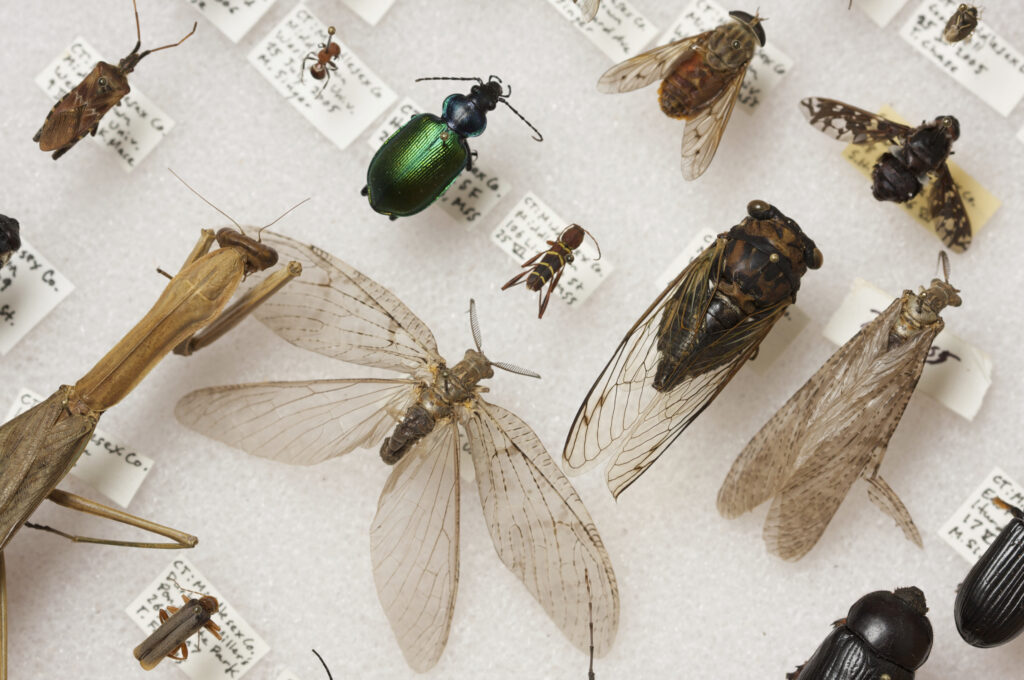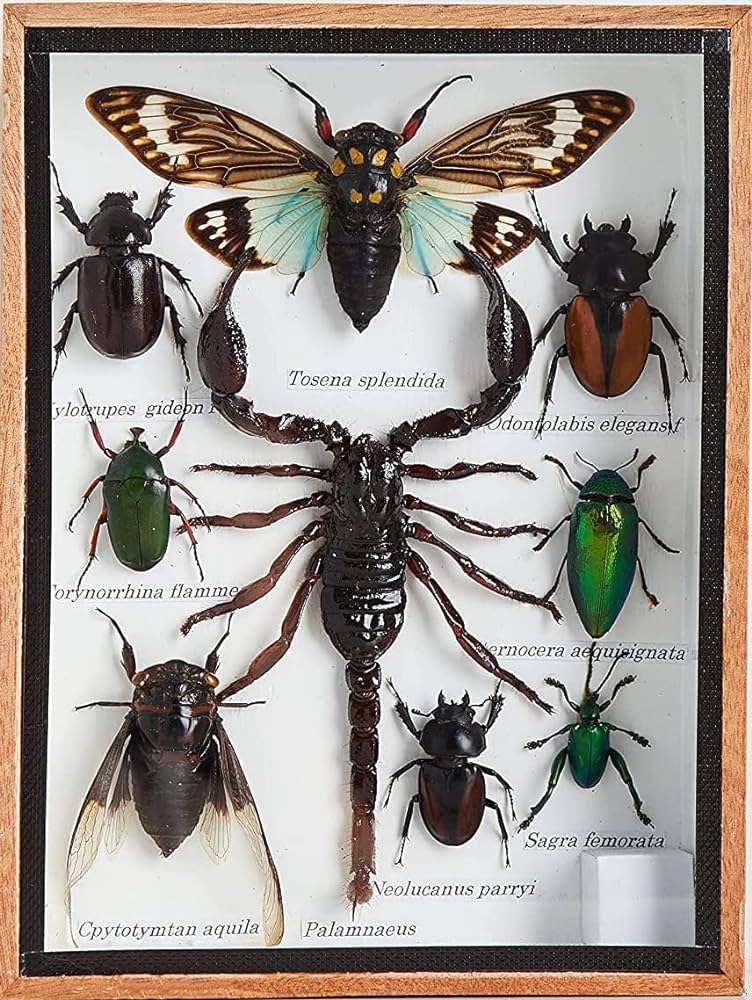




Introduction
In the realm of gardening, harmony with nature is not merely a concept; it’s an essential practice. While we cultivate our gardens for the beauty and bounty they provide, we must also recognize the delicate balance of the natural world. This is where the concept of insect boxes emerges, offering a simple yet profound way to nurture a thriving ecosystem within our own backyards.
Insect boxes, also known as insect hotels or bug houses, are structures designed to provide shelter and nesting sites for a variety of beneficial insects. These insects, often overlooked or misunderstood, play a crucial role in maintaining a healthy garden by preying on harmful pests, pollinating crops, and promoting biodiversity. By creating a welcoming haven for these beneficial creatures, we can transform our gardens into havens of ecological harmony.
Benefits of Attracting Beneficial Insects to Your Garden
The benefits of attracting beneficial insects to your garden are numerous and far-reaching. These industrious allies act as nature’s pest control agents, tirelessly working to keep harmful populations in check. Ladybirds, for instance, are voracious predators of aphids, scale insects, and mealybugs, while lacewings feast on aphids, whiteflies, and thrips. Their presence helps to maintain a natural balance, reducing the need for harmful pesticides and promoting a more sustainable approach to gardening.
Beyond their pest control prowess, beneficial insects also play a vital role in pollination. Bees, butterflies, and other pollinators flit from flower to flower, transferring pollen and ensuring the reproduction of countless plants. Their contributions are essential for the production of fruits, vegetables, and the vibrant blooms that adorn our gardens.
Moreover, the presence of beneficial insects enhances the biodiversity of our gardens, creating a thriving ecosystem that supports a multitude of organisms. This diversity contributes to a healthier, more resilient garden, better equipped to withstand environmental stresses and adapt to changing conditions.
Types of Insect Boxes
Insect boxes come in a diverse array of designs, each tailored to attract specific types of beneficial insects. The most common varieties include:
-
Single-Chambered Insect Boxes: These simple boxes offer a single nesting chamber, suitable for solitary insects like ladybirds and lacewings. In contrast, multi-Chambered Insect Boxes provide multiple chambers of varying sizes, catering to a wider range of insect species. Log Hotels, on the other hand, hollowed-out logs or branches offer natural nesting sites for insects that prefer wood-like habitats. Additionally, Bamboo Insect Boxes, made from bamboo stems cut into segments, provide a unique and attractive habitat for certain insects. Finally, Reed Insect Boxes consist of bundles of reeds, tightly bound together, offering a rustic and eco-friendly option.
How to Choose the Right Insect Box
The type of insect box you choose will depend on the specific insects you wish to attract and the characteristics of your garden. Consider the size of your garden and the availability of natural nesting sites. If your garden is small, a single-chambered or multi-chambered box may suffice. For larger gardens, log hotels or multiple insect boxes can provide more extensive habitat.
Another crucial factor is selecting a box that appeals to the target insects. Ladybirds and lacewings prefer chambers filled with natural materials like wood shavings, bamboo scraps, or dried leaves. Bees and other pollinators are drawn to hollow stems or chambers filled with cork or cardboard.
Finally, choose a location that offers adequate sunlight and shelter. Avoid placing the box in direct sunlight, as extreme heat can deter insects. Instead, opt for a spot that receives dappled sunlight or morning sun. Ensure the box is protected from wind and rain, but still allows easy access for the target insects.
How to Make an Insect Box
If you’re feeling crafty, you can create your own insect box using simple materials and tools. Here’s a general guide:
Gather Materials:
- Wooden box or logs
- Bamboo or reed stems
- Drill or auger
- Sandpaper
- Metal mesh or wire
Construct the Insect Box:
-
Drill Holes of Varying Sizes: Create holes of different diameters, ranging from 3mm to 10mm, to accommodate a variety of insect sizes.
-
Create Chambers or Compartments: If using a wooden box, divide the interior into chambers using wooden dividers or bamboo sticks.
-
Fill Chambers with Natural Materials: Fill the chambers with natural materials like wood shavings, bamboo scraps, dried leaves, or cork.
-
Secure Mesh or Wire for Protection: Cover the front of the box with metal mesh or wire to prevent predators from entering while allowing insects to pass through.
How to Install and Maintain an Insect Box
Once you’ve constructed your insect box, it’s time to find the perfect spot for it.
Choose a Suitable Location:
- Sunny, Sheltered Spot: Select a location that receives dappled sunlight or morning sun and is protected from strong winds and rain.
-
Away from Pesticides and Herbicides: Avoid placing the box near areas where you use pesticides or herbicides, as these chemicals can harm beneficial insects.
-
Near Sources of Food and Water: Ideally, position the box near a source of food for the target insects. For instance, place a ladybird box near an area with aphid infestations, or a bee box near flowering plants. A nearby water source, such as a birdbath, is also beneficial.
Install the Insect Box Securely:
-
Mount on a Wall, Fence, or Tree: Securely mount the insect box on a wall, fence post, or tree trunk at a height of around 1-2 meters above the ground.
-
Angle Slightly Downward for Drainage: Ensure the box is angled slightly downwards to prevent water from accumulating inside.
-
Ensure Stability and Protection from Weather: Make sure the box is firmly mounted and protected from strong winds and harsh weather conditions.
Regular Maintenance:
Maintaining your insect box is crucial to ensure its continued effectiveness.
-
Inspect for Pests or Damage: Regularly inspect the box for signs of damage or infestation by unwanted pests like mites or spiders.
-
Clean and Refresh Fillings as Needed: Over time, the fillings inside the chambers may deteriorate. Clean and replace them with fresh natural materials as needed.
-
Monitor Insect Activity and Adapt as Needed: Observe the box to see if it attracts the desired insects. If not, you may need to modify the location or the type of fillings inside the chambers.
Benefits of Using Insect Boxes
By incorporating insect boxes into your garden, you can reap a multitude of benefits:
-
Natural Pest Control: Beneficial insects attracted to the box will help control populations of harmful pests, reducing the need for chemical pesticides.
-
Pollination and Seed Dispersal: Bees, butterflies, and other pollinators will visit the insect box, enhancing pollination and promoting fruit set in your garden.
-
Biodiversity and Ecosystem Health: The presence of a diverse range of insects contributes to a healthy and resilient ecosystem within your garden.
Examples of Beneficial Insects Attracted to Insect Boxes
-
Ladybirds: These colorful beetles are voracious predators of aphids, scale insects, and mealybugs.
-
Lacewings: The larvae of lacewings are beneficial predators that feed on aphids, whiteflies, and thrips.
-
Bees: Essential pollinators, bees visit flowers to collect nectar and pollen, aiding in the reproduction of many plants.
-
Butterflies: These beautiful pollinators flit from flower to flower, transferring pollen and helping to ensure the production of fruits and seeds.
-
Solitary Wasps: These wasps don’t live in colonies but build individual nests. They are beneficial predators that control populations of spiders, caterpillars, and beetles.
Safety Considerations When Using Insect Boxes
While insect boxes are beneficial for your garden, it’s important to exercise caution:
-
Choose Boxes from Reputable Sources: Opt for insect boxes from reputable sources to ensure they are constructed with safe materials.
-
Avoid Treated Wood or Pesticides: Avoid using treated wood or placing the box near areas where you use pesticides, as these can harm beneficial insects.
-
Wear Protective Gloves When Handling Materials: Wear gloves when handling materials like wood shavings or dried leaves to minimize the risk of encountering stinging insects.
-
Supervise Children Around Insect Boxes: If you have young children, supervise them around the insect box to ensure they don’t disturb the insects or attempt to handle them directly.
Conclusion
Insect boxes are a simple yet powerful tool for fostering a thriving ecosystem in your garden. By providing a haven for beneficial insects, you can promote natural pest control, enhance pollination, and contribute to a more balanced and biodiverse garden. By making informed choices about the type of box, its location, and its maintenance, you can create a welcoming environment for these valuable allies. Remember, a healthy garden is a collaborative effort, and with the help of beneficial insects, you can cultivate a flourishing haven for both nature and your own enjoyment.
-


